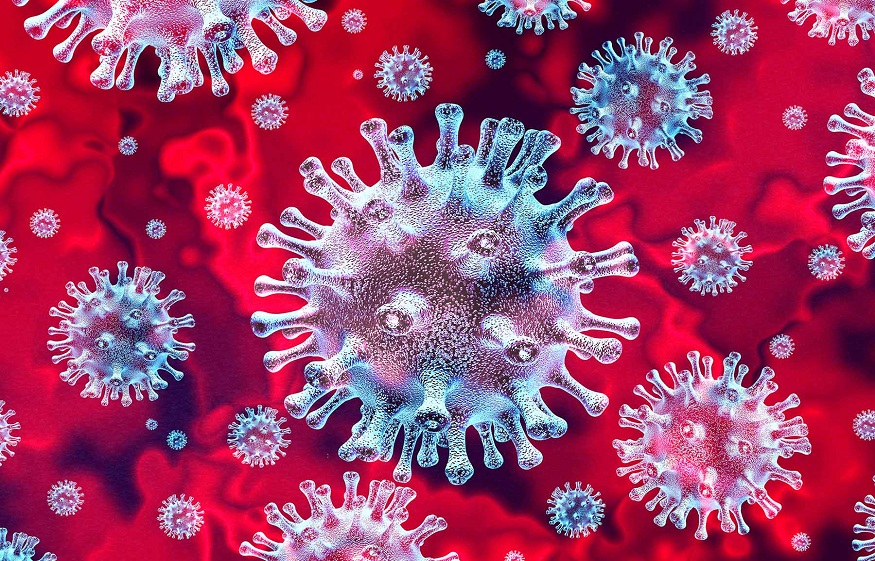Plasma Proteins
Plasma proteins, or blood proteins, produced by the liver, are the proteins found in blood plasma. The Golgi complex exports the proteins from the rough ER in the hepatocytes into the blood. They perform a wide range of tasks, such as transporting lipids, hormones, vitamins, and minerals for immune system functioning. Other blood proteins function as protease inhibitors, complement components, enzymes, or precursors to kinin. Haemoglobin is not a blood protein, unlike many think, because it is transported within red blood cells rather than the blood serum.
Components of Plasma Proteins
Globulins, which account for 38% of blood proteins, move ions, hormones, and lipids that support immune system activity. Serum albumin makes up 55% of blood proteins, plays a significant role in regulating plasma’s oncotic pressure, and acts as a carrier for transporting lipids and steroid hormones. The conversion of fibrinogen to insoluble fibrin, which makes up 7% of blood proteins, is required for blood clotting. Regulating proteins like enzymes, proenzymes, and hormones make up the remaining 1% of plasma proteins.
-
Albumins (55%):
Osmotic pressure creation and maintenance; movement of insoluble molecules
-
Globulins (38%):
Participate in the immune system activity
-
Fibrinogen (7%):
Blood coagulation
-
Regulatory proteins (<1%):
Regulation of gene expression
-
Clotting factors (<1%):
Conversion of fibrinogen into fibrin
Function of Plasma Proteins
The plasma proteins, ions, and other components maintain the blood’s pH and osmotic pressure. They come in various forms, each of which has a different function. Some of these functions of plasma proteins include:
-
Volume maintenance and blood pressure:
Albumin, a plasma protein, helps preserve the oncotic pressure. It prevents fluid from leaking into skin and body parts where it would generally accumulate less fluid. Moreover, this enhances the blood vessel flow.
-
Coagulation:
Several significant proteins, including fibrinogen, thrombin, and factor X, are found in plasma and are essential to the clotting process that stops bleeding.
-
Maintenance of pH balance:
Blood plasma contains substances that work as buffers, enabling the plasma to retain its pH within normal limits, supporting cell function.
-
Immunity:
Disease-fighting plasma proteins like antibodies and immunoglobulins help the immune system fight pathogens.
-
Transportation:
Blood plasma facilitates the movement of hormones, nutrients, electrolytes, and other vital components throughout the body. Transporting waste components to the liver, lungs, kidneys, or skin also helps in their removal.
Plasma keeps the human body healthy by carrying out the mentioned functions. Another fundamental biological activity that takes place inside cells is protein synthesis, also known as protein biosynthesis. Its function is to counteract the loss of cellular proteins (via export or degradation) by producing new proteins. As structural proteins, hormones, or enzymes, proteins serve various important biological purposes. Prokaryotes and eukaryotes undergo protein synthesis, albeit some key distinctions exist.
In mammalian species, the biosynthesis of plasma proteins differs from the biosynthesis of other proteins in several ways. These include extracellular occurrence, which requires the diffusion of plasma proteins through cell walls, separate sites for production and breakdown, and a time lag. The synthesis of all significant elements, excluding gamma globulins, takes place in the liver.
Other functions of plasma proteins
- Plasma proteins bind extra hydrogen ions in the blood, keeping the pH of the blood slightly alkaline.
- By being broken down by macrophages, plasma proteins can also provide amino acids when needed.
- Small molecules are often transported by plasma proteins, each attaching after intestinal absorption and transporting it to the tissue or organ that utilises it.
Stay tuned to BYJU’S Biology for more information.

